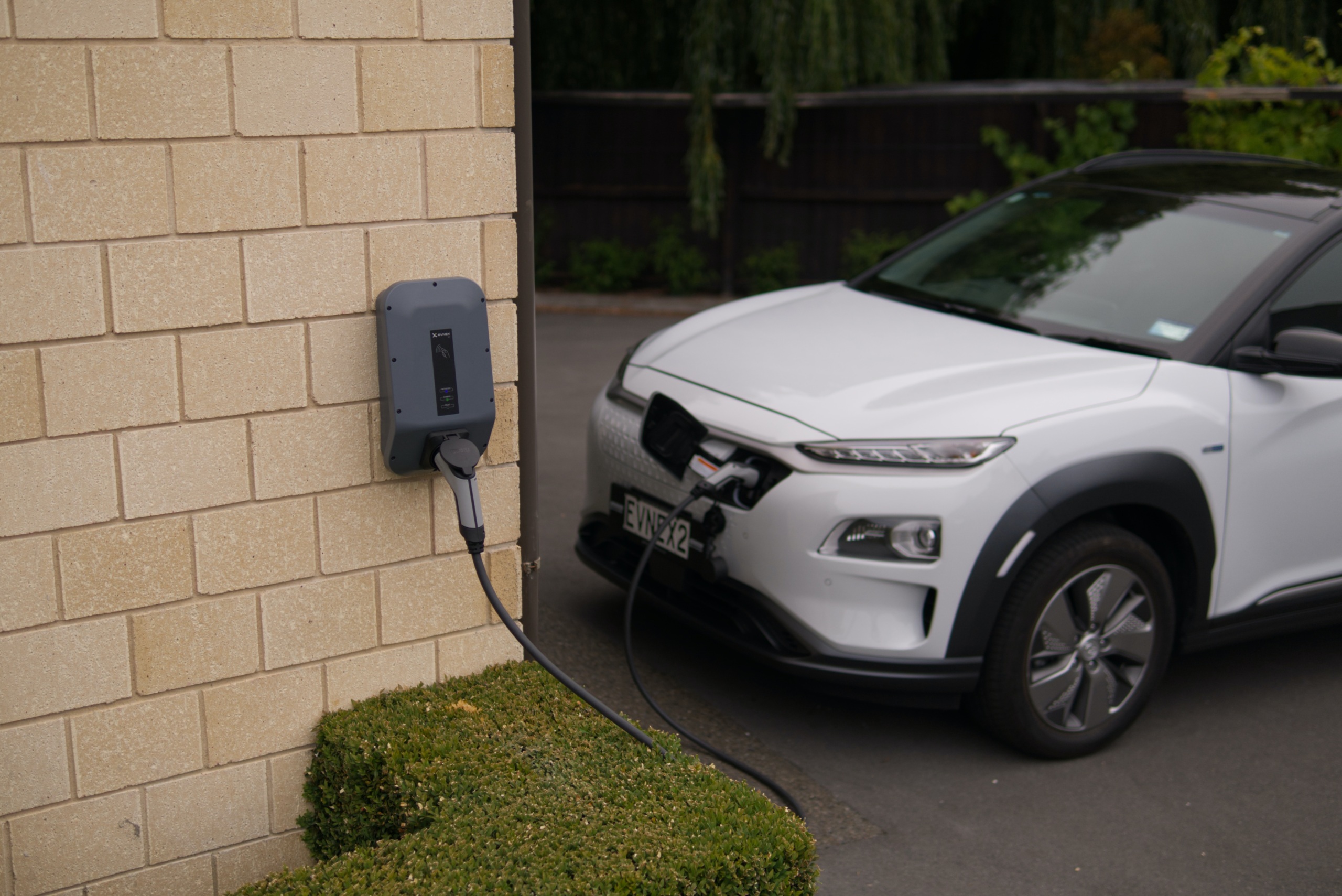
Home EV chargers: How federal tax credits can help you install one
With more and more Americans opting to buy electric vehicles, the demand for EV chargers in homes across the country has grown.
If you’re thinking about going electric, there’s good news: New federal tax credits make installing electric vehicle chargers more affordable than ever.
You can use federal tax credits to install an EV charger at home
Charging your vehicle at home is one of the best perks of owning an electric vehicle. Wake up every morning with a fully charged vehicle and one less errand to check off your list.
If you’ve bought an electric vehicle and intend to install an EV charger or other eligible refueling equipment in your home, you can receive a credit of up to 30% of the cost of installation, up to $1,000.
How to claim the federal tax credit
To claim the federal tax credit for your home EV charger, file Form 8911 with the IRS when you file your federal income tax return.
Just make sure that you keep your receipts for when you file your taxes.
Below, we’ve put together a list of commonly asked questions to help you navigate at-home charging and installation for EV chargers.
Do I need to install a charger for my EV?
Not necessarily. Almost all electric vehicles come with what’s called a Level 1 charger. These chargers can be plugged directly into your standard 120-volt outlet and you’ll be able to use this charger to charge your EV from home. However, Level 1 chargers will charge your vehicle’s battery at a slower rate — it’ll take 40 to 50+ hours to charge a battery electric vehicle (BEV) from zero to 80%.
Many EV owners install Level 2 chargers in their homes. These more powerful chargers utilize 240-volt outlets — commonly used for heavy appliances like ovens, washers and dryers — and can fully charge your EVs battery overnight.
Depending on which outlets you already have available to you, you may need to pay for the installation of Level 2 outlet and charger in your home — and that’s where the federal EV charger tax credit can help.
How much does it cost to install a Level 2 charger at home?
According to Motor Trends, the average American homeowner will spend around $1,150 to $2,750 to purchase and install a 240-volt (Level 2) charging station at home.
What to consider when installing an EV charger at home
- Your home’s electrical panel: If your existing electrical panel cannot accommodate an EV charger, any upgrades made to your existing panel will increase the cost of installation.
- State rebates: On top of the federal tax credit, state rebates can reduce the cost of installing an EV charger.
- Distance between electrical panel and car: It is far easier — and cheaper — to install an EV charger near an existing power source. You can buy charging cables that reach as far as 25ft. If you have a detached garage, for example, you may need to dig a trench for the power conduit. If you plan on installing your EV charger outside, you’ll need to also consider weatherproofing your equipment.
Why should I get an electric vehicle?
We simply can’t solve global warming without changing how we get around. Transportation is now America’s No. 1 source of global warming pollution, and cars account for 60% of our transportation pollution.
Thankfully, electric vehicles are starting to change that. All-electric vehicles emit zero emissions from the tailpipe and produce much less air and climate pollution than vehicles that run on gas.
But going electric isn’t just better for our planet — it can also be better for your wallet. If you’re considering buying a car in 2024, the federal government’s $7,500 tax credit has never been easier to claim. On top of that, a Consumer Reports study found that EVs cut repair and maintenance costs by 50% over similar gas cars — potentially saving you hundreds of dollars a year.
To incentivize wider adoption of EVs in the United States, the Biden administration is offering new tax credits to offset the cost of installing electric vehicle chargers.
Together, we can protect our climate by accelerating the transition to an electric vehicle future.
A worthy investment: Charging the future
Imagine a world without pollution from vehicle tailpipes. A world in which inefficient, gas-guzzling cars and trucks are replaced with clean, hyper-efficient vehicles powered by electricity generated from the sun and the wind.
By lessening your dependence on fossil fuels for getting around, electric vehicles reduce your carbon footprint and help us move toward a cleaner, greener future.
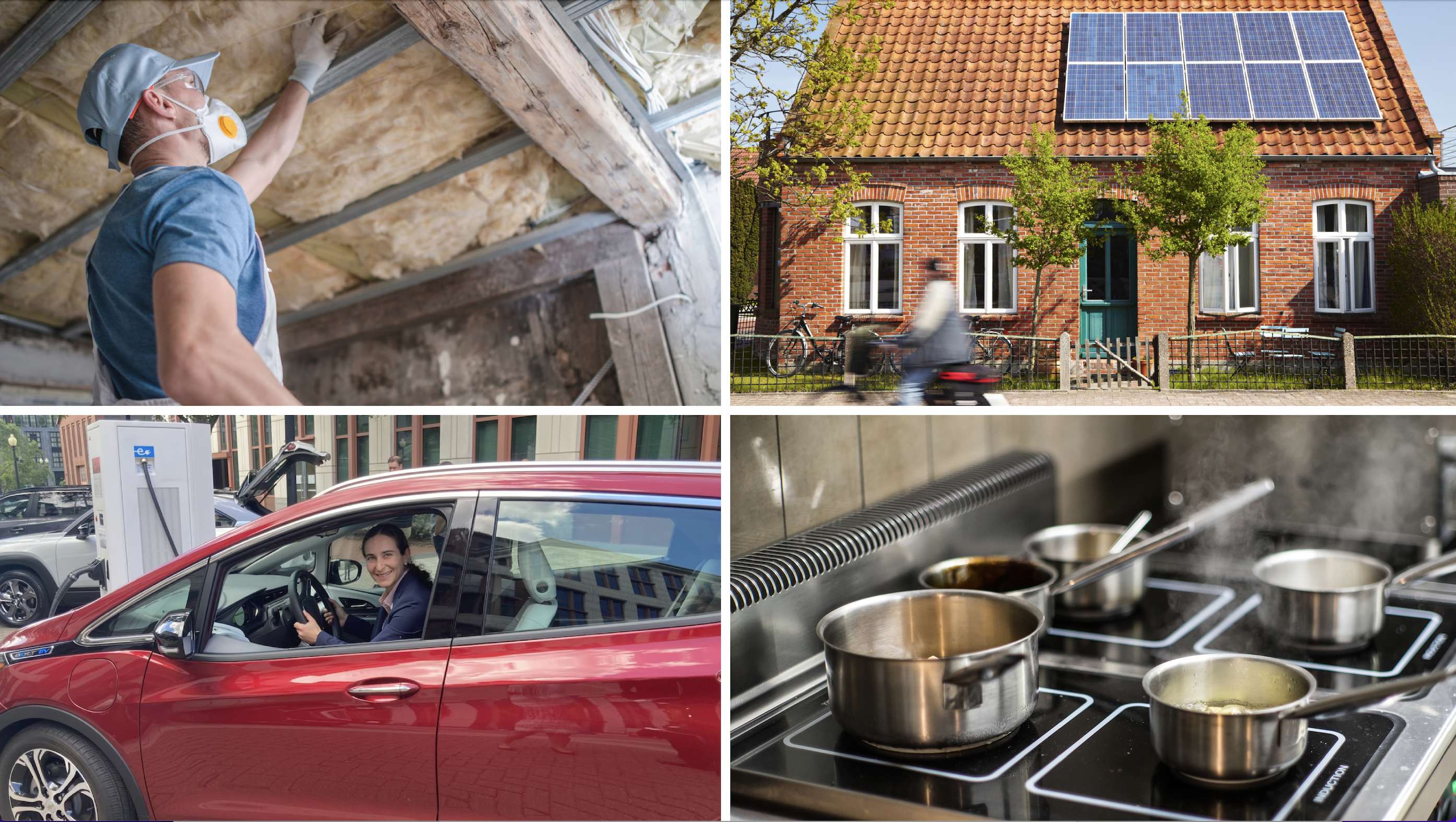
Clean Energy Home Toolkit
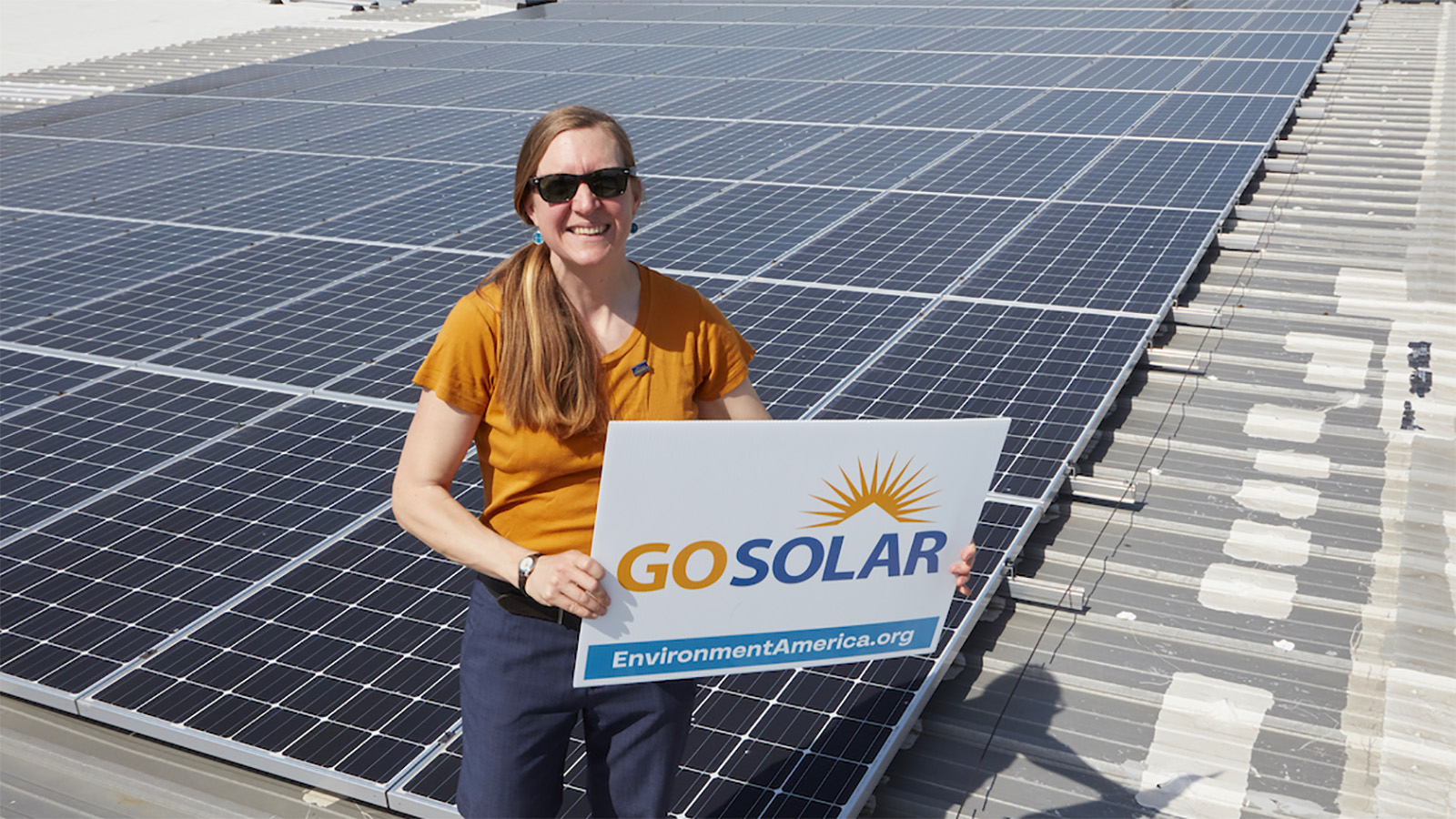
Get resources on how you can go solar — and more
Sign up and we will email you information on how you can go solar, support renewable energy and help build a greener future--starting at home!
Topics
Authors
Johanna Neumann
Senior Director, Campaign for 100% Renewable Energy, Environment America Research & Policy Center
Johanna directs strategy and staff for Environment America's energy campaigns at the local, state and national level. In her prior positions, she led the campaign to ban smoking in all Maryland workplaces, helped stop the construction of a new nuclear reactor on the shores of the Chesapeake Bay and helped build the support necessary to pass the EmPOWER Maryland Act, which set a goal of reducing the state’s per capita electricity use by 15 percent. She also currently serves on the board of Community Action Works. Johanna lives in Amherst, Massachusetts, with her family, where she enjoys growing dahlias, biking and the occasional game of goaltimate.
Find Out More
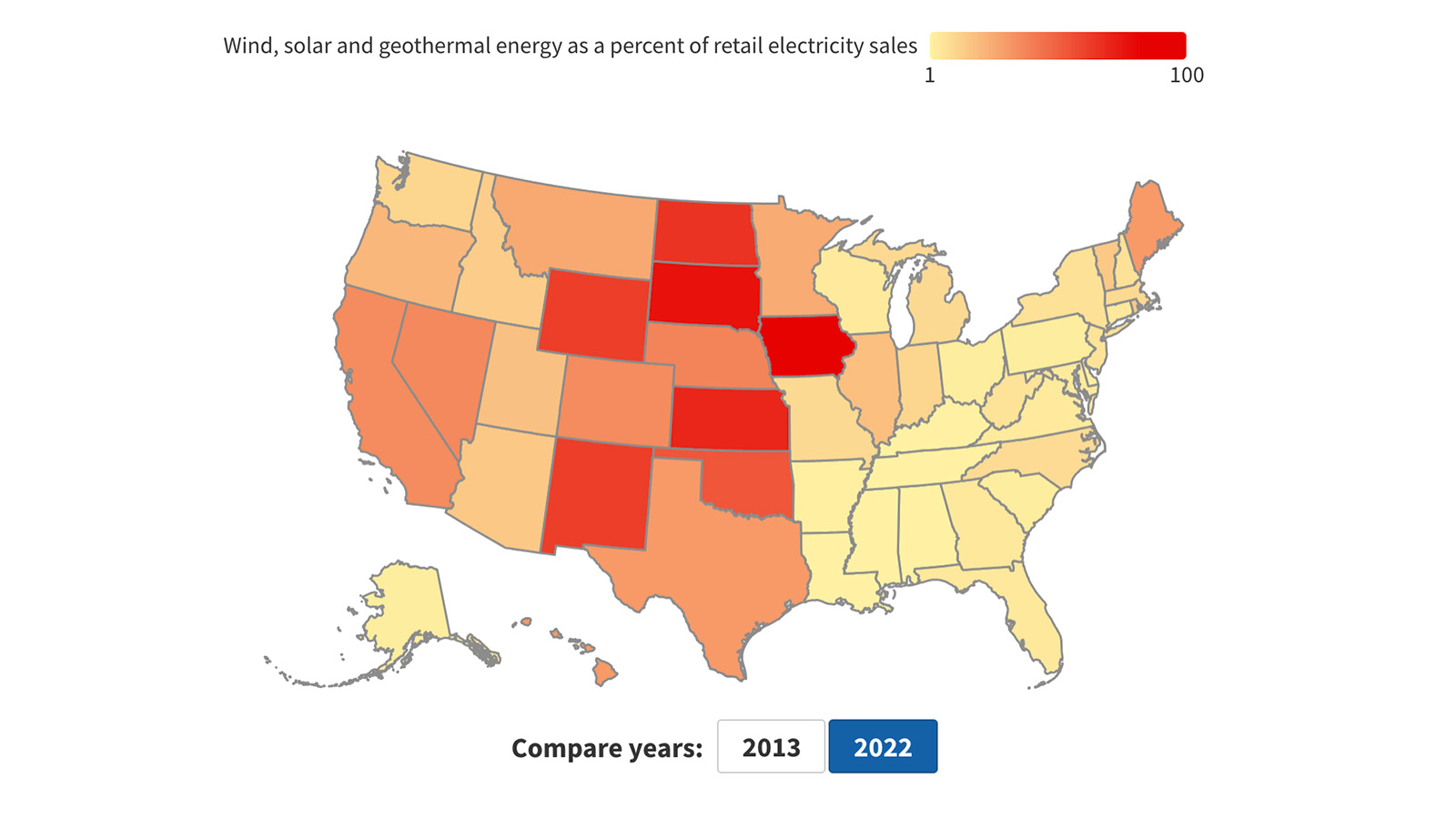
Renewables On The Rise Dashboard
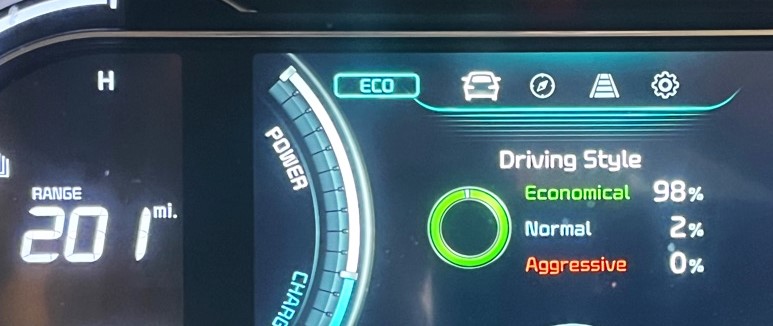
Electric vehicles are good. We can make them better.
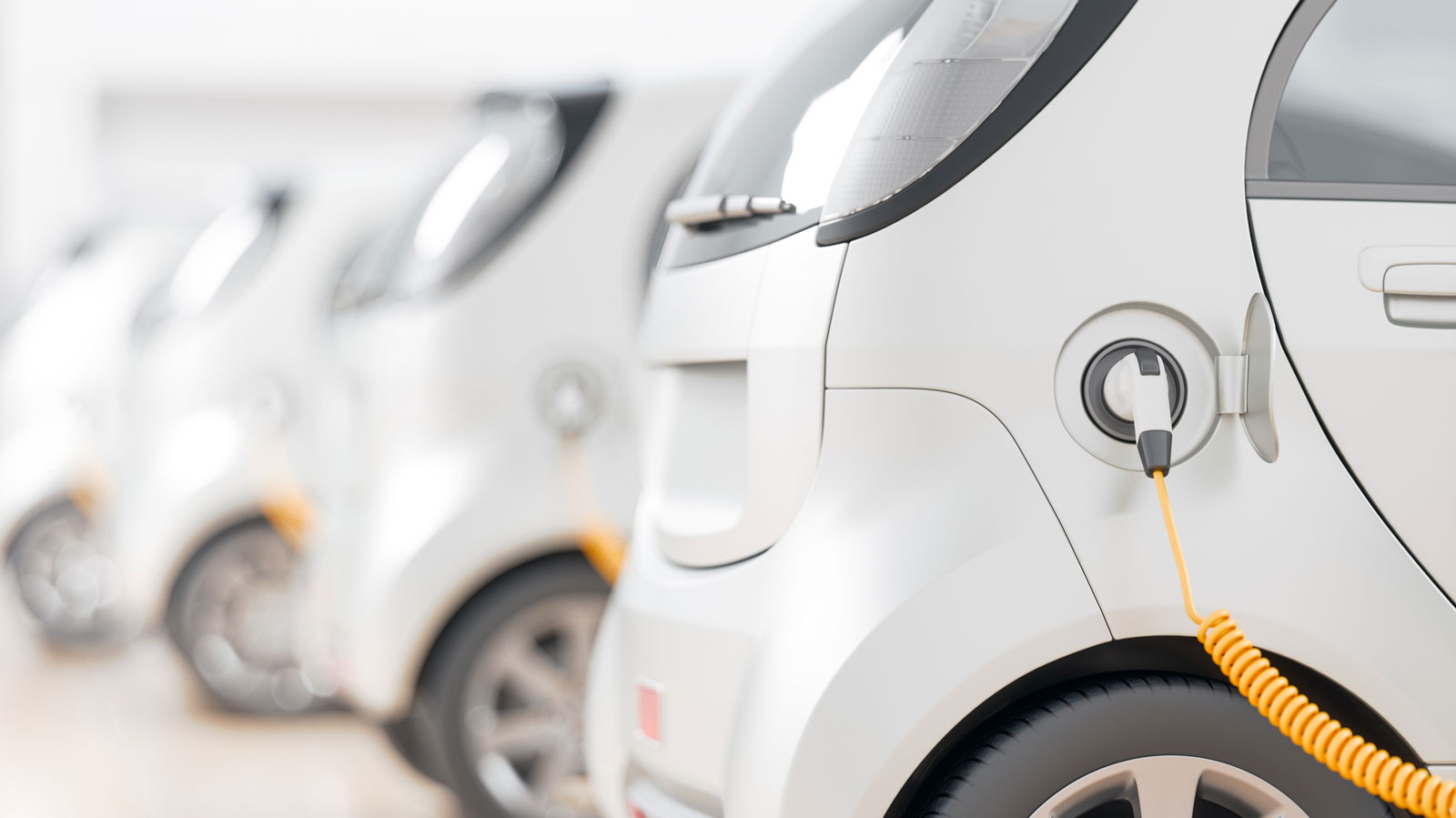
Electric Vehicles Save Money for Government Fleets


